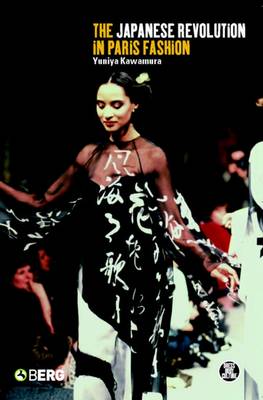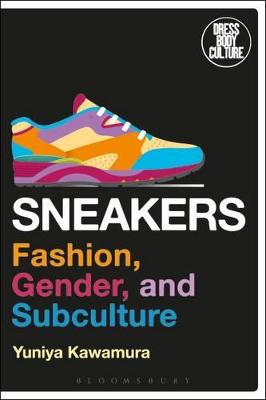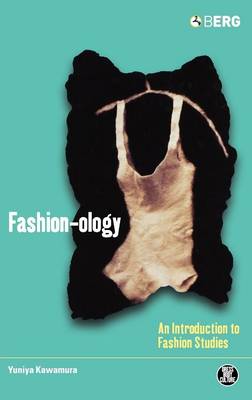Dress, Body, Culture
3 total works
This insightful book provides the first in-depth study of the Japanese revolution in Paris fashion and raises provocative questions for the future of the industry.
This is the first academic study of sneakers and the subculture that surrounds them. Since the 1980s, American sneaker enthusiasts, popularly known as “sneakerheads” or “sneakerholics”, have created a distinctive identity for themselves, while sneaker manufacturers such as Reebok, Puma and Nike have become global fashion brands.
How have sneakers come to gain this status and what makes them fashionable? In what ways are sneaker subcultures bound up with gender identity and why are sneakerholics mostly young men? Based on the author’s own ethnographic fieldwork in New York, where sneaker subculture is said to have originated, this unique study traces the transformation of sneakers from sportswear to fashion symbol.
Sneakers explores the obsessions and idiosyncrasies surrounding the sneaker phenomenon, from competitive subcultures to sneaker painting and artwork. It is a valuable contribution to the growing study of footwear in fashion studies and will appeal to students of fashion theory, gender studies, sociology, and popular culture.
v. 40


